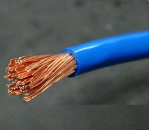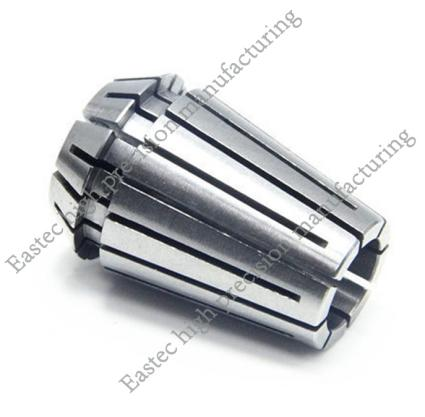I. Basic Principles of Tooling Fixture Design
- Ensure the stability and reliability of workpiece positioning during use.
- Provide sufficient bearing or clamping force to guarantee the machining process of the workpiece on the tooling fixture.
- Facilitate simple and rapid operation during the clamping process.
- Design the easily - worn parts with a structure that allows for quick replacement. When conditions permit, it is best to achieve this without using other tools.
- Ensure the reliability of repeated positioning during the adjustment or replacement of the fixture.
- Avoid overly complex structures and high costs as much as possible.
- Select standard parts as components whenever possible.
- Systematize and standardize the company's internal products.
II. Basic Knowledge of Tooling Fixture Design
An excellent machine tool fixture must meet the following basic requirements:
- Guarantee machining accuracy: The key to ensuring the machining accuracy of the workpiece lies in correctly selecting the positioning datum, positioning method, and positioning elements. If necessary, conduct positioning error analysis. Also, pay attention to the impact of the structures of other components in the fixture on the machining accuracy to ensure that the fixture can meet the machining accuracy requirements of the workpiece.
- Improve production efficiency: The complexity of the special fixture should be adapted to the production capacity. Various fast and efficient clamping mechanisms should be used as much as possible to ensure convenient operation, reduce auxiliary time, and improve production efficiency.
- Good process performance: The structure of the special fixture should be as simple and reasonable as possible, facilitating manufacturing, assembly, adjustment, inspection, and maintenance.
- Good usability: The tooling fixture should have sufficient strength and stiffness, and its operation should be simple, labor - saving, safe, and reliable. On the premise of objective feasibility and economic applicability, pneumatic, hydraulic, and other mechanical clamping devices should be used as much as possible to reduce the labor intensity of the operator. The tooling fixture should also facilitate chip removal. If necessary, a chip - removal structure can be set to prevent chips from damaging the workpiece's positioning and the cutting tool, and to prevent the heat generated by chip accumulation from causing deformation of the process system.
- Good economy: The special fixture should use standard elements and standard structures as much as possible, with a simple structure and easy manufacturing to reduce the manufacturing cost of the fixture. Therefore, during the design process, necessary technical and economic analyses of the fixture scheme should be carried out according to the order and production capacity to improve the economic benefits of the fixture in production.





 Customer service 1
Customer service 1  Customer service 2
Customer service 2